
In the glittering world of professional sports, the thrill of victory isn’t just about championship trophies or record-breaking performances. For many athletes, true financial glory comes off the field, court, or track, through massive endorsement deals that turn them into household names and marketing titans. Imagine signing a contract that promises millions, simply for associating your image with a brand. It’s a dream scenario where talent meets commercial savvy, and everyone wins – until, of course, they don’t.
These lucrative partnerships are a marketing goldmine for companies, linking their products to the aspirational images of sports heroes. But there’s a flip side to this fame and fortune: a single misstep, a controversial decision, or a devastating scandal can shatter an athlete’s pristine image and, with it, their entire endorsement empire. Most contracts are laced with “moral clauses,” silent assassins waiting to strike when an athlete’s reputation takes a hit, allowing sponsors to jump ship faster than you can say “foul play.”
We’re diving deep into the fascinating, often heartbreaking, stories of athletes who experienced this dramatic downfall. From doping confessions to highly publicized affairs, and from legal woes to shocking behavioral incidents, these are the moments when millions vanished, brands ran for the hills, and careers faced an existential crisis. Get ready to explore how some of the biggest names in sports saw their fortunes plummet after losing those coveted endorsement deals, and how some, astonishingly, managed to claw their way back.
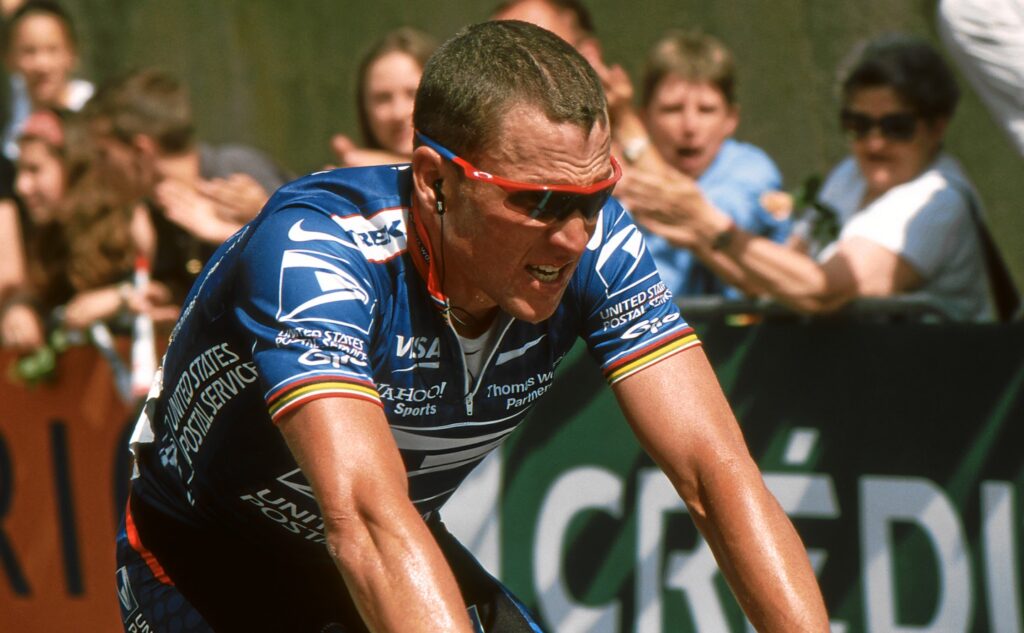
1. **Lance Armstrong: The Fall of a Cycling Icon**Lance Armstrong was once the golden boy of the cycling world, a seven-time Tour de France champion and a symbol of triumph over adversity, especially after his battle with cancer. His story was inspirational, captivating fans and sponsors alike, leading to numerous lucrative endorsement deals. He was synonymous with championship cycling, his name a brand in itself.
However, in 2012, this meticulously crafted image came crashing down around him. The US Anti-Doping Agency (USADA) released a damning report, presenting “evidence that the seven-time Tour de France champion had taken and concealed his use of banned substances.” This revelation was a seismic shock to the sports world, exposing a decade-long deception. The label of a cheater is incredibly difficult for athletes to overcome, leading to feelings of betrayal among peers and fans.
The financial repercussions were immediate and devastating. On a single day, eight of his eleven sponsors, including giants like Nike, Trek, Oakley, and Anheuser-Busch, terminated their contracts or announced non-renewal plans. This catastrophic loss cost Armstrong an estimated $150 million. Beyond the monetary loss, he was stripped of all his titles, banned from cycling for life, and saw his net worth plummet, marking one of the most significant downfalls in sports endorsement history. Nike, in a statement, expressed “great sadness” as they terminated their contract, citing “seemingly insurmountable evidence that Lance Armstrong participated in doping and misled Nike for more than a decade.”
Read more about: Spill the Tea! 14 Jaw-Dropping Lies Celebrities Told During Interviews That Rocked the World
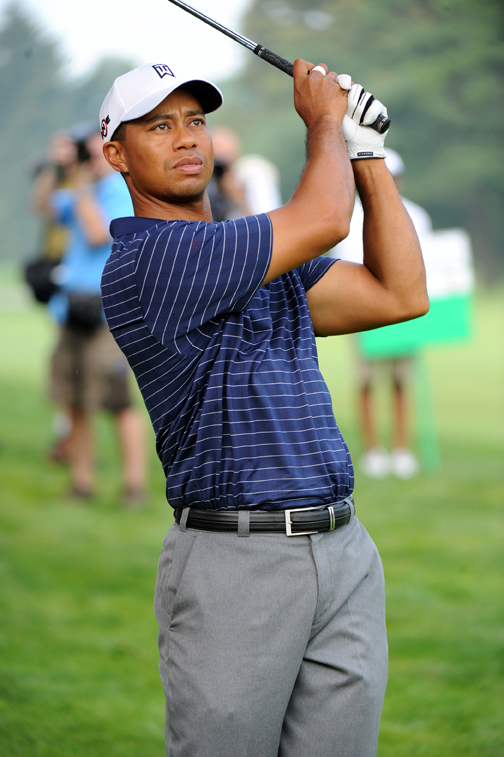
2. **Tiger Woods: A Golf Legend’s Personal Turmoil and Public Reckoning**Tiger Woods, undoubtedly one of the most iconic figures in golf, was a marketing powerhouse. Since his professional debut in 1996, “at least 90 percent of the $1.4 billion Tiger Woods has earned… came from endorsements.” Brands clamored to associate with his clean-cut image, unparalleled skill, and winning personality, making him a formidable brand ambassador.
But 2010 brought a dramatic unraveling of his personal life, a saga that played out in excruciating public detail. A highly publicized affair, followed by a car crash and a subsequent $100 million divorce, dominated headlines. As the scandals mounted and his image was tarnished, major sponsors began to flee. “Accenture, AT&T, Gatorade, Buick” were among the blue-chip companies that severed ties with the golf superstar.
This period saw a significant hit to his earnings, with Woods reportedly earning “$22 million — or 30 percent — less than he did in 2009.” While many sponsors abandoned him, Nike, a long-standing partner, notably “stuck with him throughout,” albeit reportedly cutting his massive endorsement package from $20 million to $10 million initially. Despite this immense setback, Woods demonstrated remarkable resilience, eventually bouncing back with new deals and continuing to be a major force in sports marketing, adding companies like Rolex and Upper Deck to his portfolio.

3. **Maria Sharapova: The Unexpected Downfall of a Tennis Queen**For over a decade, Maria Sharapova reigned as the highest-paid female athlete in the world, a true queen of the tennis court. Her powerful game, glamorous persona, and global appeal made her a magnet for multi-million dollar endorsement deals. Her matches were “must-see television,” and by 2014, “Forbes estimated her net worth at $200 million.”
Then came the shocking announcement in March 2016: Sharapova had failed a drug test. She publicly stated, “I take full responsibility for it. I made a huge mistake… I let my fans down, I let the sport down.” She explained that she had been taking a substance called meldonium since 2006, claiming she “had no idea it was a recently banned substance.” Regardless of the explanation, the revelation sent shockwaves through the tennis world and put her lucrative sponsorships in jeopardy.
The fallout was swift. Porsche and Nike initially “suspended relations” with Sharapova, and TAG Heuer “opted not to renew its contract.” She faced a “two-year ban by the ITF,” later reduced to 15 months. The scandal cost her not only time on the court but also her coveted title as the highest-paid female athlete, losing it to Serena Williams. However, like a true champion, Sharapova showed immense resilience. Nike eventually reversed course, stating they would “stick with her,” and “Evian and Head also committed to stand by Sharapova,” demonstrating a path to recovery even after a significant stumble.
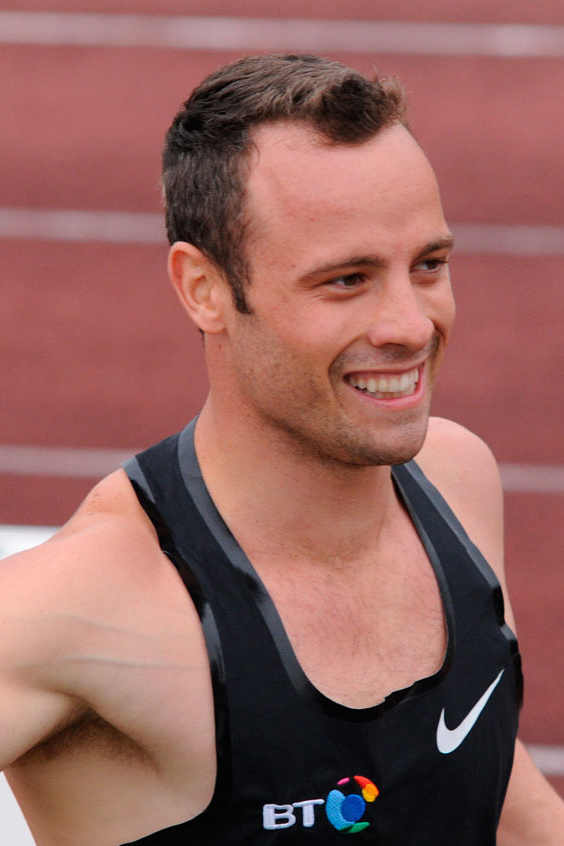
4. **Oscar Pistorius: From Inspiration to Incarceration**Oscar Pistorius, the “blade runner,” was an inspirational figure, a double amputee Olympic champion who defied limits and captured the hearts of millions. His powerful story made him “highly marketable,” with sponsors eager to align with his image of courage and determination. He seemed to embody the very spirit of overcoming adversity, achieving Olympic glory against all odds.
However, in 2013, his life took a tragic and horrifying turn that shocked the world. Pistorius “shot and killed his girlfriend, model Reeva Steenkamp.” This single, devastating act instantly shattered his public image and erased years of goodwill. The inspirational backstory that made him so marketable was replaced by a grim reality of legal battles and a murder conviction.
The response from his sponsors was immediate and decisive. Companies like “Nike, Oakley, Thierry Mugler” promptly “began to break ties with him,” severing contracts that were reportedly worth “$2 million a year.” The incident raised profound questions about the moral obligations of sponsors and the sudden, irreversible consequences when an athlete’s personal actions contradict the values they are supposed to represent. His subsequent conviction and sentencing further cemented his fall from grace, leaving a legacy far removed from the Olympic track.
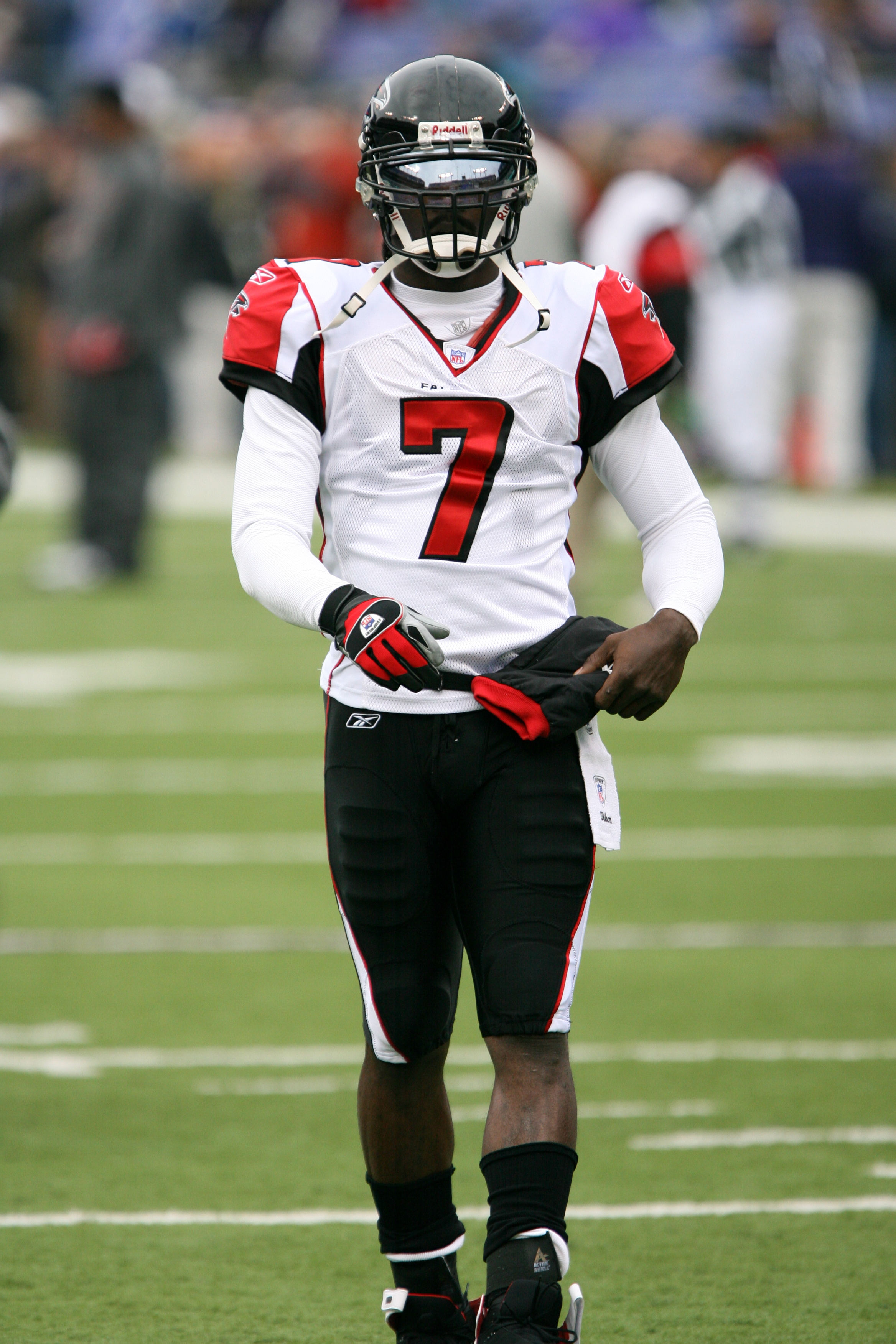
5. **Michael Vick: The Dogfighting Scandal and a Second Chance**NFL quarterback Michael Vick was once one of the most famous names in football, known for his electrifying play and groundbreaking talent. His celebrity translated into substantial endorsement earnings, reportedly “netting $7 million a year from his sponsorships” prior to his downfall. He was a face of the league, and brands like Nike and Reebok were eager to partner with him.
But in 2007, Vick’s career and public image collapsed under the weight of an indictment for “running an illegal dogfighting ring.” The scandal was met with widespread public outrage, particularly from animal rights activists who protested at Niketown stores. The NFL responded by suspending him, and corporations swiftly began to distance themselves. “Nike canceled the new Vick shoe, and his sponsors fled,” with “Reebok later announced they were stopping all sales of his football jerseys.”
Vick served “21 months in federal prison” for his crime. Yet, in one of the most remarkable comeback stories in sports, he “reemerged and had a second NFL career that included a trip to the Pro Bowl.” Astonishingly, Nike, in an unprecedented move, “re-signed Vick” in 2011, making him the first athlete the company had reinstated after a moral termination. “Nike said in a statement. ‘Michael acknowledges his past mistakes… We do not condone those actions, but we support the positive changes he has made to better himself off the field.’” He also picked up other sponsors, demonstrating that redemption, though difficult, is sometimes possible in the cutthroat world of celebrity endorsements.
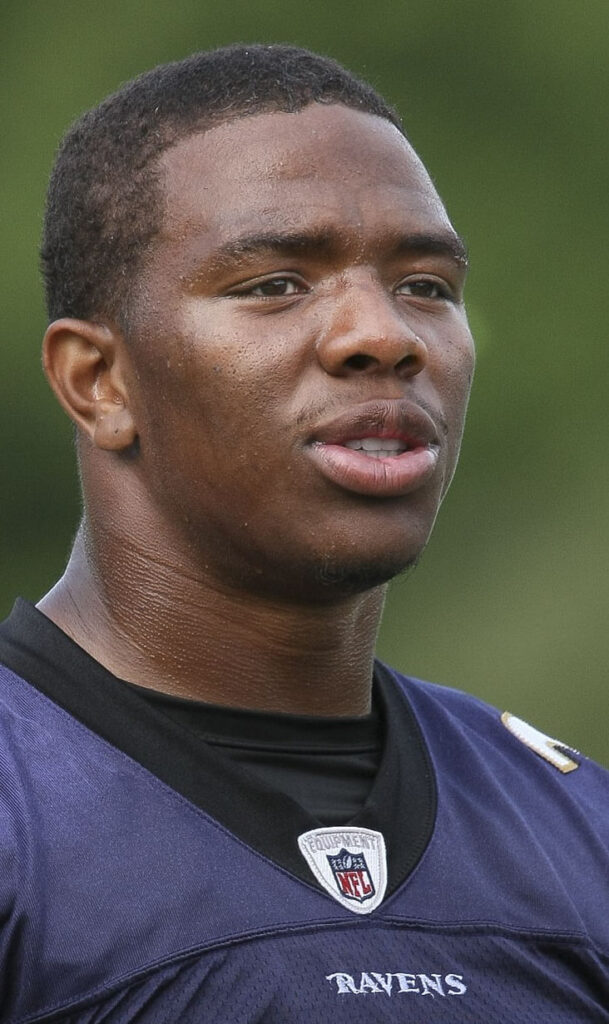
6. **Ray Rice: A Career Shattered by Off-Field Violence**Baltimore Ravens running back Ray Rice was a prominent figure in the NFL, but his career trajectory took a devastating nosedive in 2014 due to a shocking incident of off-field violence. The catalyst was the release of a video by TMZ, which depicted him “allegedly knocking his fiancee unconscious in an elevator.” This disturbing footage ignited a firestorm of public condemnation and instantly obliterated his standing as a marketable athlete.
The reaction from his sponsors and the league was swift and unequivocal. “Nike severed ties and pulled his jerseys from stores,” while Modell’s also removed his merchandise from their physical and online outlets. Rice was “cut from the Ravens,” effectively ending his NFL career. The incident served as a “stark reminder of the consequences of off-field behavior,” particularly when it involves domestic violence.
Every single one of his sponsors dropped him, leading to an estimated loss of “$1.6 million per year.” This dramatic and permanent loss of endorsements underscored the zero-tolerance policy many corporations adopt when faced with such severe moral transgressions. The incident highlighted the immense pressure on athletes to maintain an impeccable public image, not just for their careers, but for the brands they represent.
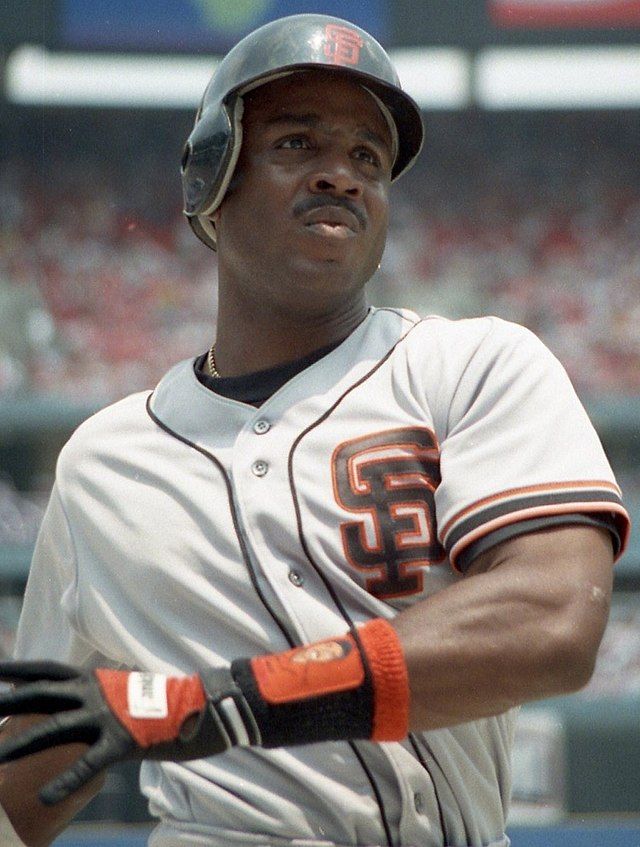
7. **Barry Bonds: The Shadow of Steroids and a Difficult Personality**Baseball star Barry Bonds was a prodigious talent, chasing and breaking some of the most hallowed records in the sport, including the all-time home run record. Yet, despite his on-field brilliance, his journey was “difficult due to allegations of steroid use and an unlikable personality.” Even early in his career, reports suggested that “corporate sponsors were reportedly turned off by Bonds’ difficult personality.”
The shadow of alleged steroid use loomed large over his accomplishments, especially during his historic home run chase in 2007. The investigation into his alleged use of banned substances lasted over five years, with Bonds admitting in court testimony in 2011 to taking them, though he claimed “he was misled into thinking was flaxseed oil and arthritis cream.” This controversy made companies “hesitant to capitalize on the moment” of his record-breaking achievements.
Unlike other athletes who secured deals after breaking records, Bonds found his pursuit of corporate sponsorships to be “fruitless.” “Major League Baseball couldn’t convince a single one of their 19 official corporate partners to sponsor the chase,” Bloomberg News reported. Brands like MasterCard and Wheaties “balked at the chance to work with Bonds.” While he did land some “short-term contracts” after breaking the single-season home run record in 2001, these “weren’t extended.” The “unlikeability and alleged steroid use reportedly cost him $10 million annually in missed opportunities,” leaving him with significant financial losses and a legacy perpetually debated for a place in the Baseball Hall of Fame.
The journey through public image crises in sports is far from over. As we’ve seen, the spotlight can be incredibly unforgiving, and off-field actions can shatter even the most lucrative brand partnerships. Let’s continue exploring more gripping tales of athletes who learned this lesson the hard way, revealing how their financial stability took a brutal hit when their reputations crumbled.
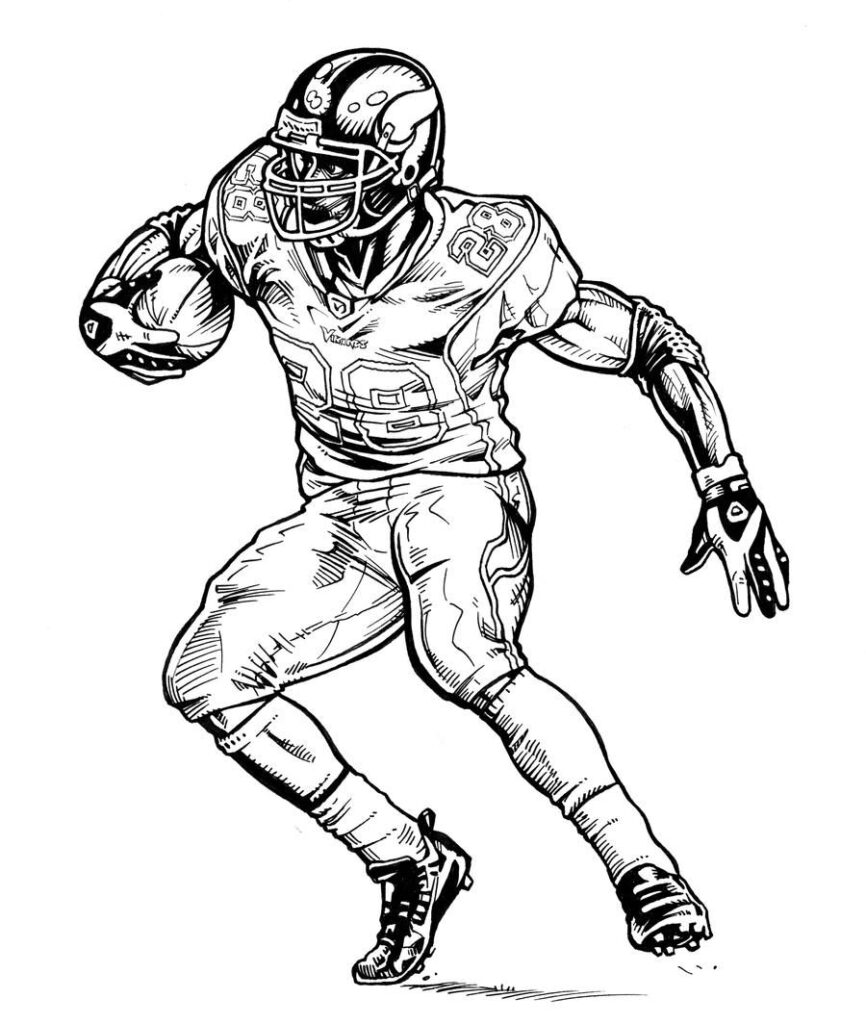
8. **Adrian Peterson: A Star Running Back’s Battle with Child Abuse Charges**Adrian Peterson, a powerhouse running back in the NFL, was a formidable presence on the field, known for his incredible strength and agility. His professional success naturally translated into significant endorsement opportunities, making him a valuable asset for brands looking to connect with football fans.
However, Peterson’s world was rocked in 2014 when he faced deeply serious child abuse charges. This controversy sent shockwaves through the league and the public, immediately tarnishing his previously celebrated image. The legal battle and public outcry quickly put his lucrative sponsorship deals in jeopardy.
The fallout was swift and financially punishing. Major brands like Nike, Castrol, and Radisson promptly severed their relationships with Peterson, opting to distance themselves from the controversy. ESPN reported that Peterson himself asked the NFL to consider the $4 million he lost in sponsorship deals as part of his punishment, highlighting the immense financial hit he took.
Despite the severe blow, Peterson showed remarkable resilience. When he returned to the NFL in 2015, his performance on the field helped to rebuild his professional standing. This resurgence also piqued the interest of sponsors once again, with Adidas notably signing him shortly after his return, proving that sometimes, a comeback story can still attract brand loyalty.
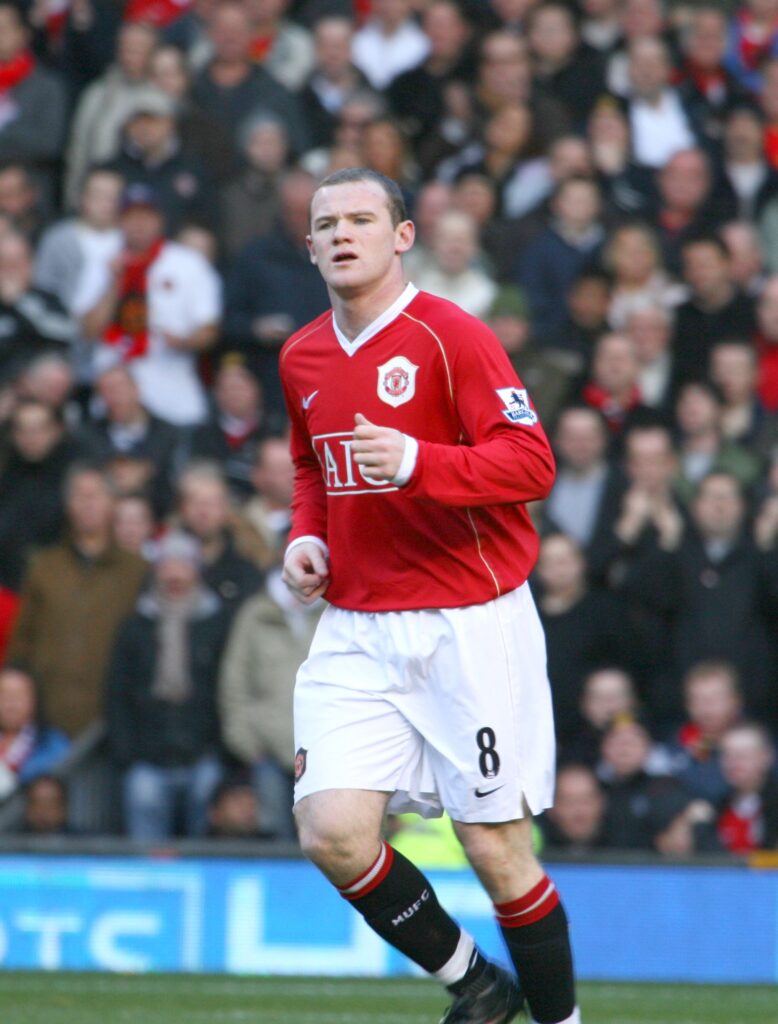
9. **Wayne Rooney: Infidelity, Rants, and a Return to Endorsement Glory**Wayne Rooney burst onto the international soccer scene as a dazzling young talent, quickly becoming a household name. As a prominent figure in one of the world’s most popular sports, he naturally attracted significant endorsement deals, solidifying his status as a global sports icon.
But even a star like Rooney wasn’t immune to off-field troubles. His personal life became front-page news in 2010 due to allegations of infidelity while his then-wife was pregnant. This, combined with an infamous “on-air, foul-mouthed rant,” began to erode his carefully cultivated public image.
Initially, some sponsors, like Coca-Cola, adjusted their approach, pulling him from Coke Zero ads but maintaining their overall relationship. However, after a series of additional incidents, Coca-Cola eventually made the difficult decision to drop the British soccer star entirely. While this was a major blow, it’s worth noting that other sponsors chose to stand by him.
Remarkably, Rooney managed to redeem himself in the long run. His continued prowess on the pitch and a more stable public image helped him to regain the trust of major brands. By 2016, Forbes reported that Rooney was earning a substantial $6 million in endorsements from big names like Nike, showcasing a significant turnaround after his earlier struggles.
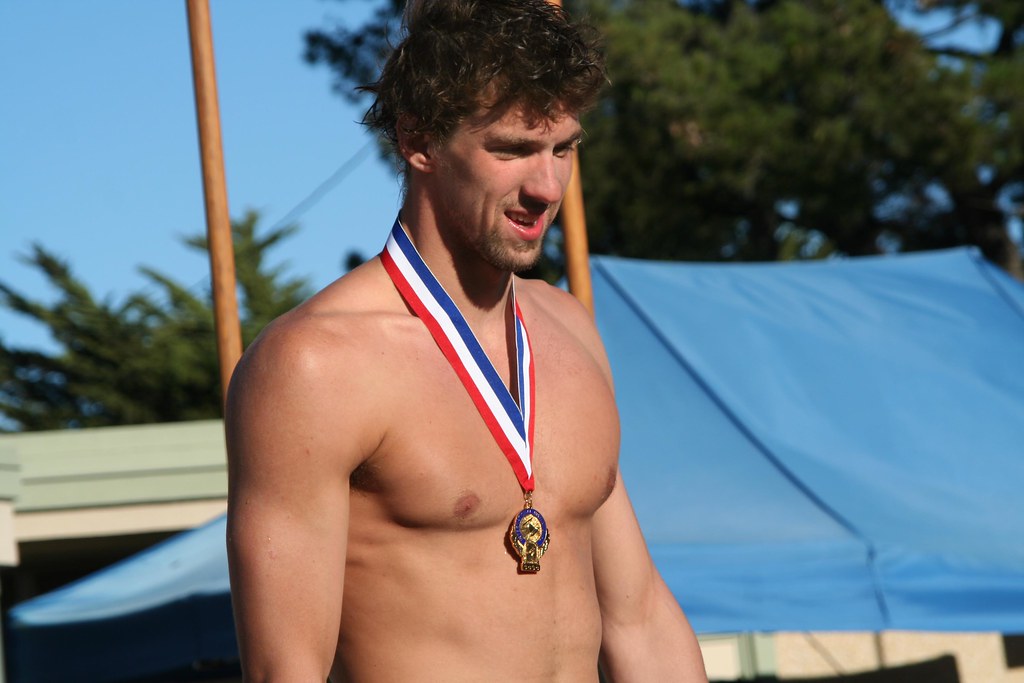
10. **Michael Phelps: From Olympic Gold to Public Missteps and Redemption**Michael Phelps isn’t just an athlete; he’s an American legend, holding the record as the most decorated Olympian in history with an astounding 23 gold medals. His unparalleled success in the pool made him an incredibly appealing figure for sponsors, eager to associate their products with his image of triumph and dedication.
However, even a national hero like Phelps faced his share of public relations nightmares. In 2009, a viral photo of him allegedly smoking marijuana at a college party made headlines. The fallout was immediate, with Kellogg notably dropping him, stating his “most recent behavior is not consistent with the image of Kellogg.” Other sponsors, like Subway, courageously stuck by him.
Phelps publicly apologized for his “youthful and inappropriate way,” and after a three-month suspension, seemed to have weathered the storm. But then, in 2014, he was arrested for his second DUI. Experts predicted he would survive this second public fiasco, and largely, they were right. Phelps later openly shared his struggles with mental health and how substance abuse was a way to “self-medicate.”
Today, Phelps continues to be a highly sought-after brand ambassador, securing endorsements with a diverse range of companies including Under Armour, Omega, Master Spas, Sol Republic headphones, Aqua Sphere, and 800Razors.com. His journey highlights a powerful narrative of immense success, public missteps, and a profound personal recovery, demonstrating that even after significant stumbles, redemption is possible.
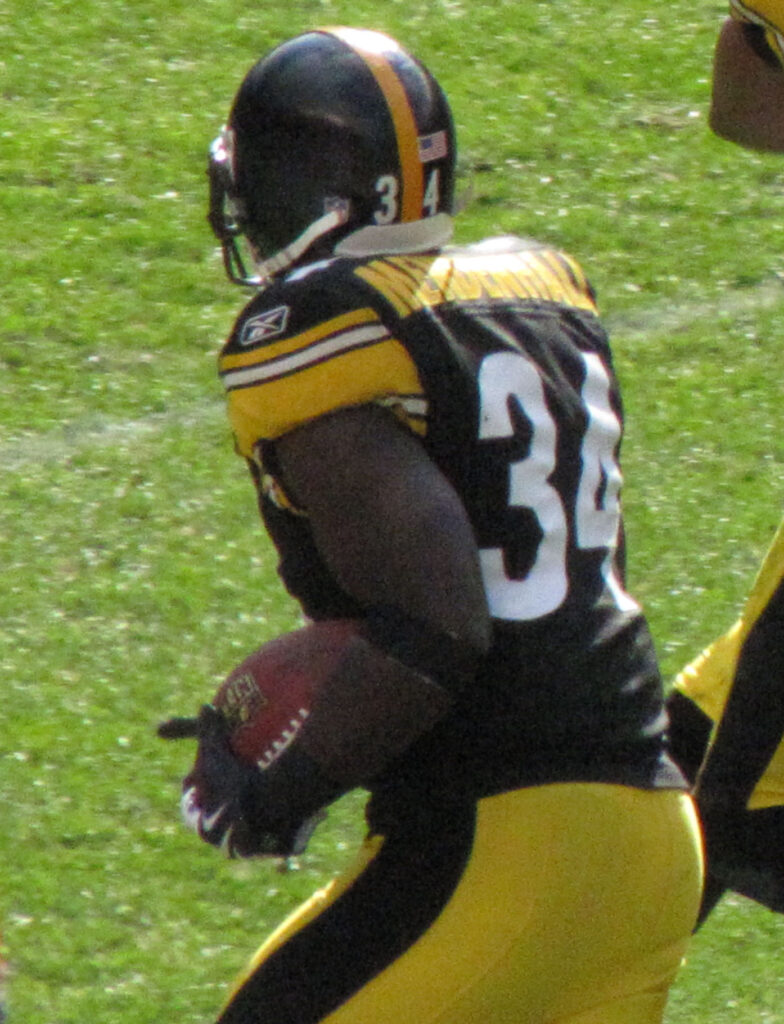
11. **Rashard Mendenhall: Social Media Storms and Sponsorship Fallout**Rashard Mendenhall, an NFL running back, carved out a career in professional football, but it was his off-field comments on social media that would ultimately send his endorsement deals spiraling. In the age of instant communication, athletes’ words, especially controversial ones, can spread like wildfire and profoundly impact their marketability.
In 2011, Mendenhall ignited a firestorm by tweeting controversial statements following the killing of Osama bin Laden, questioning the celebration of death and the narrative surrounding the event. He even ventured into dangerous territory by referencing 9/11 conspiracy theories, remarking, “We’ll never know what really happened. I just have a hard time believing a plane could take a skyscraper down demolition style.”
Despite his attempts to clarify and apologize for the timing of his comments, the damage was done. Champion, one of Mendenhall’s major sponsors and owned by Hanesbrands, swiftly announced they were dropping him. They clearly stated that while they respected his right to express thoughts, they no longer believed he could “appropriately represent Champion.”
The financial ramifications led Mendenhall to file a $1 million lawsuit against Hanesbrands for breach of contract. While the details of the settlement reached in 2013 were not made public, the incident served as a stark lesson on the immense power and potential pitfalls of social media for public figures, especially when it costs them lucrative corporate partnerships.

12. **Ben Johnson: A Sprint to Glory, a Fall from Grace**The 1988 Summer Olympics in Seoul captivated the world, particularly the fierce rivalry between Canadian Ben Johnson and American Carl Lewis in the 100-meter race. Johnson emerged victorious, not only clinching the gold medal but also setting a new world record, seemingly cementing his place in athletic history.
This monumental win propelled Johnson into global superstardom, promising immense financial opportunities through endorsements. However, the euphoria was incredibly short-lived. A mere 48 hours after his triumph, news broke that Johnson had tested positive for anabolic steroids. His world, and his career, instantly unraveled.
The consequences were devastating and immediate. His gold medal was revoked, his country halted lifetime payments on his contract, and he was suspended from his sport. His biggest sponsor, the Italian sportswear company Diadora, promptly dropped him, illustrating how quickly brands distance themselves from doping scandals.
Johnson largely disappeared from the public eye after a failed comeback bid. His story remains a potent reminder that while winning at the Olympics can be an incredible pathway to wealth and fame for athletes, the integrity of that victory is paramount, and a single act of deception can wipe it all away, along with millions in potential earnings.
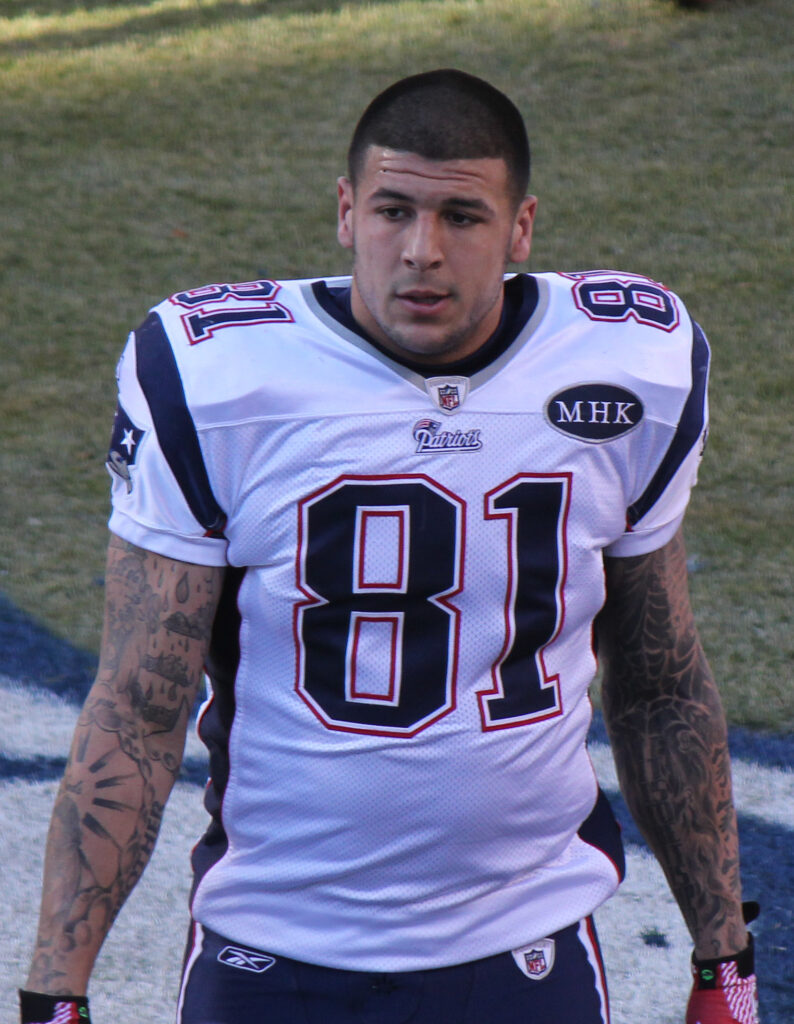
13. **Aaron Hernandez: From NFL Star to Tragic Conviction**Aaron Hernandez quickly rose through the ranks of the NFL, becoming a star tight end for the New England Patriots. His exceptional talent on the field led to a highly lucrative $41 million contract, the second-highest ever for a tight end at the time, positioning him for a future filled with wealth and celebrity endorsements.
However, in 2013, his promising career took a horrific turn when he became a person of interest in a homicide investigation. As the legal troubles escalated and he was ultimately charged with murder, corporate sponsors began to flee. Brands like Cytosport and later Puma, recognizing the severe damage to his public image, quickly terminated their endorsement deals.
In April 2015, Hernandez was convicted of first-degree murder and sentenced to life in prison, marking the complete and irreversible collapse of his professional career and any remaining endorsement prospects. His life ended tragically with his suicide in April 2017. Hernandez’s story is a chilling reminder of how severe off-field criminal actions can obliterate an athlete’s career, reputation, and financial future, leaving behind only a legacy of profound loss and scandal.
These tales are more than just cautionary stories; they are stark reminders of the intense scrutiny and immense pressure that comes with being a public figure, especially a high-earning athlete. While the allure of multi-million dollar endorsement deals is undeniable, the unspoken contract of maintaining an impeccable public image is just as crucial. For these athletes, the cost of their controversies wasn’t just measured in headlines, but in millions of dollars and, for some, their entire careers. It’s a brutal game where the rules extend far beyond the playing field, and the stakes are always incredibly high.



